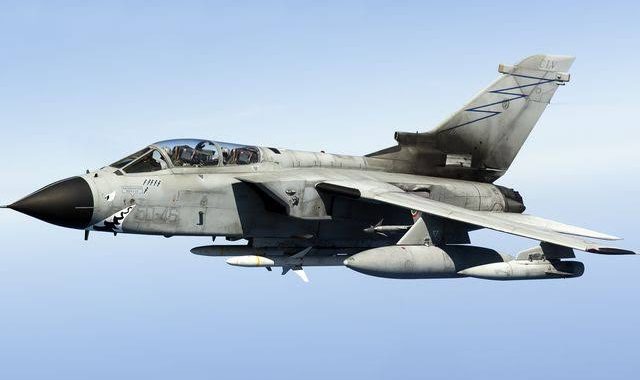Interesting facts about the Panavia Tornado
The Panavia Tornado is the aircraft that belongs to the family of the multirole combat aircraft which have twin engines and variable swept wings. The aircraft was design and manufactured under a joint program of the United Kingdom, West Germany, and Italy. There happen to be three main variants of the Panavia Tornado which are … Continue reading Interesting facts about the Panavia Tornado
0 Comments
